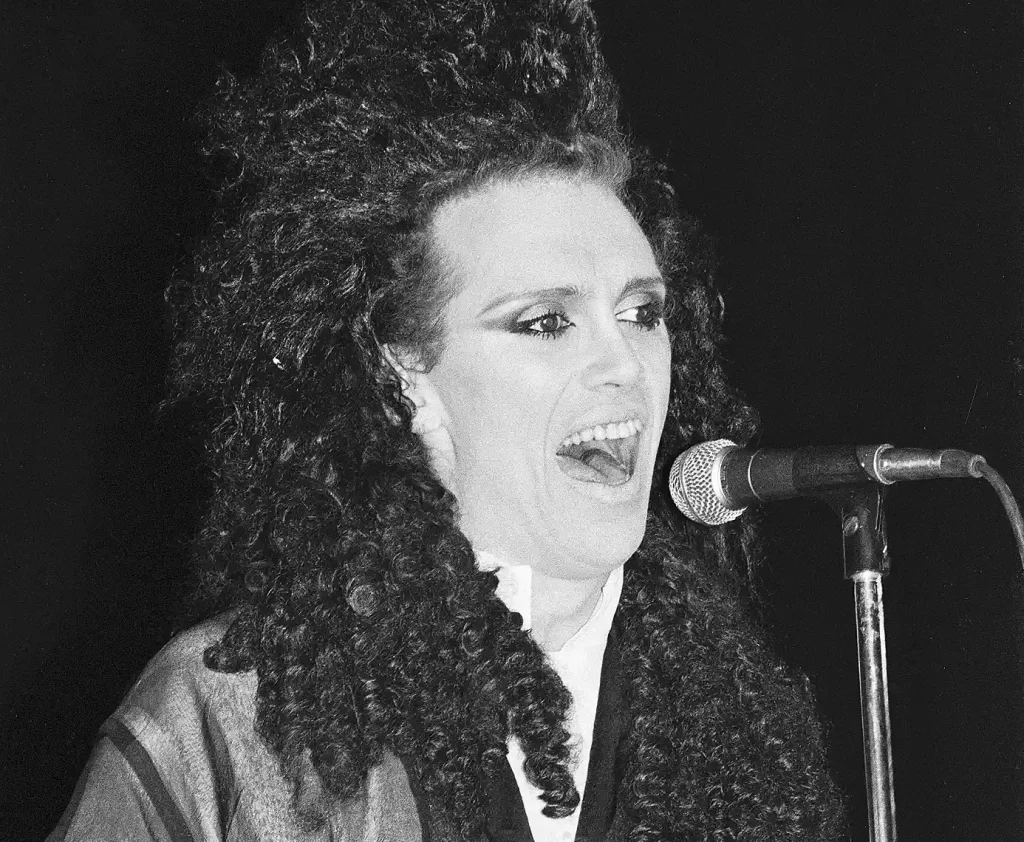More than 35 years after making a memorable debut in the 1980s British pop scene as the charismatic frontman of Dead or Alive, Pete Burns passed away at the age of 57 due to a sudden heart attack. Known for his dynamic stage presence and distinct voice, Burns left an indelible mark on the music world. His band, Dead or Alive, was preparing to release a new compilation album, Sophisticated Boom Box MMXVI, on October 28 when the news of his untimely death was confirmed.

Burns’ management team described him as a “special star” and a “true visionary,” highlighting the unique and irreplaceable role he played in the entertainment industry. While his initial fame stemmed from his musical talents, particularly hits like You Spin Me Right Round (Like a Record), Burns’ career took an unexpected turn over the years, with reality television appearances and his dramatically changing physical appearance becoming central to his public identity.
In a candid moment during a 2016 interview on the U.K.’s Celebrity Botched Up Bodies, Burns revealed a humorous yet poignant perspective on his transformations, stating, “I hope when I’m 80—when I get to heaven—that God doesn’t recognize me.” His remarks reflected the complexity of his journey with self-image and the lengths he went to reshape his appearance over the decades.
The transformation began not long after the success of Dead or Alive’s 1985 single, You Spin Me Right Round (Like a Record). Burns recognized early on that he was not just a musician but a “visual entity,” a public figure whose image would be scrutinized alongside his sound. With this awareness came the pressure to meet certain aesthetic standards, especially as cameras and photographers became a constant presence in his life.
Burns’ first foray into plastic surgery was prompted by a desire to correct a broken nose, a procedure he decided on after becoming increasingly self-conscious about its appearance. Photographers often commented on the “bump” on his nose, which only fueled his insecurity. However, the results of the surgery left him deeply dissatisfied. This initial disappointment led Burns to seek corrective surgery, setting the stage for what would become a lifelong journey of aesthetic experimentation.
Over time, Burns estimated he underwent nearly 300 cosmetic procedures, each one a step in his pursuit of what he described as “personal satisfaction.” His surgeries included multiple nose jobs, cheekbone implants, lip augmentations, and other enhancements, some of which required subsequent corrections. Reflecting on his approach to these transformations, Burns once explained, “I see myself as my own clay, and I was remodeling it.”
This relentless pursuit of physical perfection came at a high cost. Burns faced numerous complications, including infections in his face and lips, which necessitated additional surgeries. In one particularly harrowing incident nearly 16 years ago, a botched lip augmentation left him hospitalized. The situation was so dire that he was on the brink of death, requiring an intensive 10-day hospital stay and the use of blood thinners to treat life-threatening blood clots in his legs, heart, and lungs.

Although Burns survived the ordeal, the effects of the medications took a toll on his health. His teeth were severely damaged, leading to the need for veneers and eventually full reconstructive dental surgery. Despite these challenges, Burns remained unapologetic about his choices, acknowledging his motivations with refreshing honesty. “What I’m trying to achieve with my surgery is my own personal satisfaction. It’s narcissism,” he admitted in one of his final interviews.
Throughout his journey, Burns was unwavering in his commitment to reshaping his image. Even as his health deteriorated, he expressed no regrets about his decisions. During a 2010 interview with ABC, he emphasized the dichotomy between his external appearance and his internal self, stating, “What you see on the outside is a complete contradiction to something that’s on the inside.” These words captured the essence of Burns’ complex identity—a blend of vulnerability, resilience, and an unyielding desire for self-expression.
Burns’ story resonates as both a cautionary tale and a testament to the lengths individuals will go to in pursuit of self-acceptance. His openness about his experiences shed light on the psychological and physical toll of extreme cosmetic surgery, as well as the societal pressures that often drive such choices. For fans and observers alike, his life serves as a reminder of the importance of embracing one’s authentic self.

Although Burns’ career in music officially ended in 2002 with the release of a greatest hits album, his legacy lives on through his contributions to pop culture. Songs like You Spin Me Right Round (Like a Record) continue to be celebrated for their infectious energy and iconic status in the 1980s music scene. Meanwhile, Burns’ candid discussions about his surgeries and struggles have sparked important conversations about beauty standards and the psychological impact of fame.
The release of Sophisticated Boom Box MMXVI, intended as a celebration of Dead or Alive’s enduring influence, now serves as a poignant tribute to Burns’ life and artistry. Fans around the world remember him not only for his music but also for his unique ability to captivate audiences with his fearless authenticity.

As the world reflects on Pete Burns’ remarkable journey, it becomes clear that his legacy is multifaceted. He was not just a pop star or a reality TV personality but a complex individual who navigated fame, identity, and personal challenges with a level of transparency that remains rare in the entertainment industry. His story, though marked by triumphs and trials, ultimately underscores the universal quest for self-expression and acceptance.
Burns once joked about hoping God wouldn’t recognize him in heaven, but for his fans, there is no mistaking the indelible mark he left on the world. His contributions to music, his candid reflections on self-image, and his unapologetic embrace of individuality ensure that Pete Burns will be remembered as a true original—a visionary who dared to be different.





